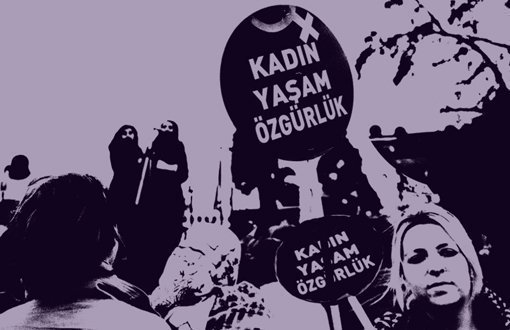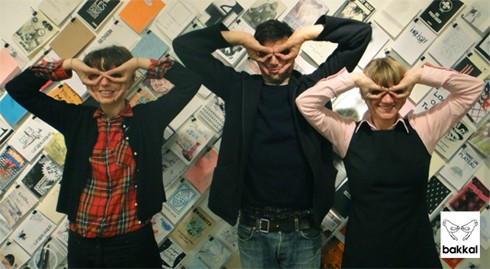
We are passing by Kuledibi among the historic buildings of Beyoğlu, the most cosmopolitan district of Istanbul. Its surroundings are full of hotels, restaurants, boutiques, music studios, art galleries and artist studios.
In Istanbul, at the crossroads of the Bosphorus and Golden Horn, in the area of the Galata Tower, Kuledibi has been home to many different people and cultures throughout its history. Today, it hosts the Roma, Kurdish and Jewish poor, as well as Laz merchants, intellectuals, the art infatuated bourgeoisie, artists, writers, journalists and illegal immigrant workers, who all live here side-by-side, but separately.
When we pass through the crowds in the square in front of the Galata Tower and go deep into the winding back streets, we can see that the neighbourhood life is struggling to preserve its identity while this quarter's transformation into an art centre has started to make its way these past few years. Children run around and play in the streets; women lean out of their apartments' windows above the galleries and drop baskets to the markets below to be filled with bread and milk, just as they have always done.
The walls and store shutters in Kuledibi are covered with graffiti. We pass among tourists taking photographs of everything under the sun and enter a gallery.
Kristina opens the door to welcome us. Kristina Kramer came here from Germany six years ago and is the curator of the Manzara Perspectives art gallery since the past two years. In order to bring together different cultures through art, the gallery hosts artists from various countries and young art students who organise group exhibitions.
Kristina, Timothée Huguet and Gamze Özer have managed to organise the successful ongoing exhibition entitled "even my mum can make a book" presenting more than 500 fanzines from 228 people in 32 countries.
This trio decided to invite the artists' works without the artists. When this decision was taken, they announced it to the world via internet and collected all the works. Thus, the exhibition did not require much money.
"Everyone can make a book/fanzine"
Gamze says the exhibit "is about transforming our obsessions, passions and memories into something tangible and sharing them."
"We are encouraging artists and people that are not even interested in art to produce fanzines and publish them independently. We tried to emphasize that through the exhibition's title."
In fact, the first "work" in the exhibition came from Gamze's mother. The fanzine entitled "My beautiful jewellery" is distributed to the visitors at the entrance, thus proving the project's title.
From Japan to Brazil, from Indonesia to Hungary, fanzines, independent publications and handmade books arrived via mail and encouraged Gamze, Timothée and Kristina to establish "Bakkal" and develop their initial project. Bakkal is a sort of umbrella organization that enables artists to sell their works through Bakkal's web site.
Cultural richness diversifies art
Timothée is an art student who came from France for an internship. He participated in many "apartment projects" (exhibitions organised in apartments and living spaces) organised by Manzara Perspectives in Istanbul.
"I produce documentary and video installations. I recreate spaces by using various mediums, even statues sometimes. I let the visitors enter the artwork and interact with it."
Even though his internship has come to an end, Timothée is not thinking of going back to his native country. He has seen many countries, but he feels at home in Turkey.
"The cultural richness in Turkey has diversified art. Artists produce more distinct, direct and engaged works, and sometimes they take risks in order to do that."
Mobility of ideas
Timothée is also very pleased with the high participation rate in the fanzine exhibition. He is thinking of transforming it into a video exhibition. He is excited with the idea of these fanzines travelling the world.
"Every fanzine on display has a story behind it. And now these stories will travel to different cities and countries, and different people will observe them from a different perspective."
Kristina would like the exhibition to travel to various cities across Turkey gathering new fanzines along the way.
Letting the drawings speak
When first entering the exhibit, one doesn't know where to look or which fanzine to start with. The fanzines are hanging on the walls without indicating the artist nor the country where he comes from.
Kristina and Gamze confirm designing the exhibition this way on purpose.
"It is not important to know who prepared the fanzine or if the artist is famous or not. We consider fanzines as a tool enabling people to express their thoughts through print or handmade materials."
Basically, this project aims at gathering the forms of people's expressions together in one place.
When we examine the books, we find ourselves in the different worlds and cultures of people coming from various age groups, countries and cities. There are digital and abstract works from Japan, very engaged feminist fanzines and collage from Israel, collage books that criticize "art critique" from the United States, protest photographs that scream "We Want Justice" from Turkey, a young homeless person's typed stories from the US, and many more.
Various works reflecting real life tell personal and social stories; they tease, protest, and rebel, and are all displayed on one wall.
The drawings speak of various cultures. The main language that comes out of these works is English but we also find Asian and other European languages.
When Istanbul opens its doors to art
Timothée and Kristina say that Turkey that thanks to the fact that Istanbul is the 2010 European Capital of Culture, the city is being frequently mentioned in the international art world.
"Interest and curiosity about Istanbul and Turkey have increased," stated Timothée.
It's not surprising to come across art in Istanbul's streets. We are not startled anymore when we encounter installations, street exhibitions and dance performances integrated into city life.
The activities of the 2010 European Capital of Culture intentionally or unintentionally spread this artistic environment and provoked creativity to a certain extent. Since the Byzantine times, Istanbul has been nourished by various cultures. It is a place that hosts immigrants from inside and outside of the country.
During the last few years in Turkey, and especially in Istanbul, international music, cinema and theatre festivals and biennials have contributed to the increase of cultural interactions, introductions and influences. Moreover, within the country, different cultures are trying to display their creativity and to express themselves in various ways. The multicultural and multi-identity cultural environment is also developing in other areas outside the cities.
The "even my mum can make a book" exhibition at Manzara Perspectives is an interesting example of an encounter of different cultures in Istanbul, which will then travel throughout the world.
-
The first stops are Sweden and Serbia.
This example shows that Kuledibi (bottom of the tower) doesn't betray the history of the nearly one thousand five hundred year old Galata Tower.




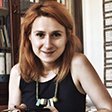

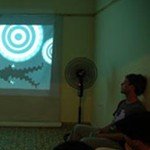
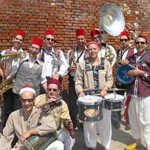
.jpg)



